Chinese scholar’s rocks
The Museum of East Asian Art in Cologneꜛ is currently hosting an enlightening exhibition on Chinese scholar’s rocks, also known as gōngshí. The exhibition features a wide range of rocks from renowned regions such as Yingde in Guangdong, Liuyang in Hunan, and Lake Tai in Jiangsu. The rocks are displayed alongside other objects such as writing brushes, ink stones, and porcelain vessels. It provides a fascinating insight into the history and culture of Chinese scholar’s rocks and their significance in Chinese art and literature.
 Main exhibition hall of the gongshi exhibit at the Museum of East Asian Art, Cologne. Centrally placed is the large Ying rock, a grey limestone with calcite veins, from Yingde, GuangdongChina, 20th century.
Main exhibition hall of the gongshi exhibit at the Museum of East Asian Art, Cologne. Centrally placed is the large Ying rock, a grey limestone with calcite veins, from Yingde, GuangdongChina, 20th century.
Introduction
Chinese scholar’s rocks, or gōngshí (Chinese, 供石), are naturally occurring or shaped rocks that are traditionally appreciated by Chinese scholars and literati. They are also known as ‘spirit stones’ (Chinese: ling shi) or ‘strange stones’ (Chinese: yán shí). The rocks are valued for their aesthetic qualities and are often used for contemplation, inspiration, and meditation. The practice of collecting and appreciating scholar’s rocks dates back 2000 years and has a long history in Chinese culture. From the 6th century onwards, Japan and Korea also adopted the practice of collecting and honoring stones from scholars, developing their own unique traditions and aesthetics.
Scholar’s rocks are usually mounted on special wooden stands and are sometimes accompanied by other objects such as writing brushes, ink stones, and scrolls. They are often displayed in the study rooms of Chinese scholars and are considered an essential part of the literati culture. However, they can also be found in traditional Chinese gardens, where they are often the central and most valuable element to be admired.
The rocks are valued for their natural beauty, unique shapes, and spiritual qualities. Often likened to (miniature) landscapes of mountains, waterfalls, and other natural landscapes, they are also symbols of Daoist and Buddhist philosophies, believed to possess healing and spiritual benefits. The practice of collecting and appreciating scholar’s rocks is considered an important part of Chinese culture and history.
 Top left: Brush rest, rock crystal, China, Qing-Dynasty, 18th century. The poets of ancient China described rock crystal as ‘crystallized water’ (Chinese: shui jing) and drew inspiration from the clarity of the material. Like the Chinese character for “mountain”, shan, the brush rest has the shape of a three-pronged mountain massif. Bottom left: Writing brush, ivory, animal hair, China, Qing-Dynasty, early 19th century. The writing brush is one of the classic ‘Four Treasures of Scholarly Study’, along with paper, ink pen and stick ink. Bottom left: Brush rest, stoneware, light-green gingbai glaze, China, Yuan-Dynasty, 13th/14th century. The five tips of the brush rest symbolize the five mythological mountains of Daoism. Right: Desk vessel, bronze, China, Yuan-Dynasty, 14th century. The scholar’s desk vessel in the shape of a dragon with mountain peaks on its back is a combination of water dripper and brush holder. Water is dripped from its mouth to moisten the inkstone, while the hole in the cental mountain serves as a regulator.
Top left: Brush rest, rock crystal, China, Qing-Dynasty, 18th century. The poets of ancient China described rock crystal as ‘crystallized water’ (Chinese: shui jing) and drew inspiration from the clarity of the material. Like the Chinese character for “mountain”, shan, the brush rest has the shape of a three-pronged mountain massif. Bottom left: Writing brush, ivory, animal hair, China, Qing-Dynasty, early 19th century. The writing brush is one of the classic ‘Four Treasures of Scholarly Study’, along with paper, ink pen and stick ink. Bottom left: Brush rest, stoneware, light-green gingbai glaze, China, Yuan-Dynasty, 13th/14th century. The five tips of the brush rest symbolize the five mythological mountains of Daoism. Right: Desk vessel, bronze, China, Yuan-Dynasty, 14th century. The scholar’s desk vessel in the shape of a dragon with mountain peaks on its back is a combination of water dripper and brush holder. Water is dripped from its mouth to moisten the inkstone, while the hole in the cental mountain serves as a regulator.
 Dreaming scholar, anonymous painter, ink and colors on silk, China, Qing Dynasty, 17th-18th century. Leaning on a bundle of scrolls, a literati scholar on a day bed dreams of a phoenix. Behind him are a painted screen and classical paraphernalia of the study room, including a Taihu rock, books, a jade chime stone, a ruyi-sceptre and a blanket paper sheet with a weight.
Dreaming scholar, anonymous painter, ink and colors on silk, China, Qing Dynasty, 17th-18th century. Leaning on a bundle of scrolls, a literati scholar on a day bed dreams of a phoenix. Behind him are a painted screen and classical paraphernalia of the study room, including a Taihu rock, books, a jade chime stone, a ruyi-sceptre and a blanket paper sheet with a weight.
Exhibition highlights
Here my favorite pieces from the exhibition:
 Ying rock, grey limestone with calcite veins, China, 20th century, Provenance: Yingde, Guangdong. In China, collectors give their scholar’s rocks poetic names. This specimen looks like a jagged mountain massif and was therefore named ‘Soaring Peaks’. The stone structure suggests that it was formed as a stalactite, meaning it is now positioned in opposite direction of its natural growth. The customized pedestal was carved in the Jiangnon style (‘South of the Yangtze’).
Ying rock, grey limestone with calcite veins, China, 20th century, Provenance: Yingde, Guangdong. In China, collectors give their scholar’s rocks poetic names. This specimen looks like a jagged mountain massif and was therefore named ‘Soaring Peaks’. The stone structure suggests that it was formed as a stalactite, meaning it is now positioned in opposite direction of its natural growth. The customized pedestal was carved in the Jiangnon style (‘South of the Yangtze’).
 Juhua rock, black calcite-chalcedony composition China, 20th century, Provenance: Liuyang, Hunan. According to legend, a couple of immortals in love scattered chrysanthemums (Chinese: juhua) over the world. Some landed in the Liuyong River and turned into rocks. The milky white crystal patterns that resemble chrysanthemums were formed naturally through condensing calcite. The effect was embellished by intensively polishing the stone.
Juhua rock, black calcite-chalcedony composition China, 20th century, Provenance: Liuyang, Hunan. According to legend, a couple of immortals in love scattered chrysanthemums (Chinese: juhua) over the world. Some landed in the Liuyong River and turned into rocks. The milky white crystal patterns that resemble chrysanthemums were formed naturally through condensing calcite. The effect was embellished by intensively polishing the stone.
 Stein, Ning Fucheng (1897-1966), album leaf, ink on paper China, ca. 1950-66. Ning Fucheng, a native of Shenyang in Manchuria, is considered as one of the pioneers of modern Chinese ink art. He was a self-taught painter and calligrapher as well as respected seal cutter. In the 1950s and 1960s, he favoured portraits of literati stones in the Manchurian tradition of finger painting.
Stein, Ning Fucheng (1897-1966), album leaf, ink on paper China, ca. 1950-66. Ning Fucheng, a native of Shenyang in Manchuria, is considered as one of the pioneers of modern Chinese ink art. He was a self-taught painter and calligrapher as well as respected seal cutter. In the 1950s and 1960s, he favoured portraits of literati stones in the Manchurian tradition of finger painting.
 Imitation of a scholar’s rock, bronze, China, late Ming-/ early Qing-Dynasty, 16th/17th century. Scholar’s rocks were imitated in a wide variety of materials, including ceramic, metal, jade, glass and soapstone. This bronze-cast specimen possibly imitates a Lingbi stone or gnarled root wood and might have been intended for use as altar jewellery.
Imitation of a scholar’s rock, bronze, China, late Ming-/ early Qing-Dynasty, 16th/17th century. Scholar’s rocks were imitated in a wide variety of materials, including ceramic, metal, jade, glass and soapstone. This bronze-cast specimen possibly imitates a Lingbi stone or gnarled root wood and might have been intended for use as altar jewellery.
 Incense burner, bronze, China, Ming-/ early Qing-Dynasty, 17th century. According to tradition, the Buddhist deity/Bodhisattva Guanyin resides on Mount Putuo on an island off the coast of Zhejiang province. She is therefore often depicted sitting on a rock. She is accompanied by a guardian lion and holds a sutra scroll in her hand. The incense emanates from the opening on her arm towards the sky.
Incense burner, bronze, China, Ming-/ early Qing-Dynasty, 17th century. According to tradition, the Buddhist deity/Bodhisattva Guanyin resides on Mount Putuo on an island off the coast of Zhejiang province. She is therefore often depicted sitting on a rock. She is accompanied by a guardian lion and holds a sutra scroll in her hand. The incense emanates from the opening on her arm towards the sky.

 Ying rock, grey-brown limestone, China, 20th century, Provenance: Yingde, Guangdong. The literati painters of the Ming dynasty were often inspired by the dimpled surface of Ying stones when creating mountain landscapes. When it comes to stones for the literati studio, connoisseurs most appreciate slender, vertically oriented shapes with overhanging structures that resemble figures or animals and look different from every angle.
Ying rock, grey-brown limestone, China, 20th century, Provenance: Yingde, Guangdong. The literati painters of the Ming dynasty were often inspired by the dimpled surface of Ying stones when creating mountain landscapes. When it comes to stones for the literati studio, connoisseurs most appreciate slender, vertically oriented shapes with overhanging structures that resemble figures or animals and look different from every angle.

 Taihu rock, buff limestone with purple veins, China, 20th century, Provenance: Lake Tai, Jiangsu. The perforated stones from the “Great Lake” (Chinese: taihu) are traditionally used as garden stones, less frequently as studio stones. Because their natural deposits have long been exhausted, local families have been placing pre-processed domestic sandstone in the lake for almost 1,000 years, leaving nature to do the final finishing touches for a few decades.
Taihu rock, buff limestone with purple veins, China, 20th century, Provenance: Lake Tai, Jiangsu. The perforated stones from the “Great Lake” (Chinese: taihu) are traditionally used as garden stones, less frequently as studio stones. Because their natural deposits have long been exhausted, local families have been placing pre-processed domestic sandstone in the lake for almost 1,000 years, leaving nature to do the final finishing touches for a few decades.
 The He He twins on a Taihu rock, biscuit porcelain, susancai enamels, China, Qing-Dynasty, Kangxi-Period, around 1690. The twin brothers Hanshan and Shide are said to have lived as poet monks on Mount Tiantai during the Tang Dynasty (617-907). As folk deities of harmony (he), they were included in the pantheon of Daoist immortals and symbolize a happy marriage. They hold a lotus (he) and a box (he) in their hands.
The He He twins on a Taihu rock, biscuit porcelain, susancai enamels, China, Qing-Dynasty, Kangxi-Period, around 1690. The twin brothers Hanshan and Shide are said to have lived as poet monks on Mount Tiantai during the Tang Dynasty (617-907). As folk deities of harmony (he), they were included in the pantheon of Daoist immortals and symbolize a happy marriage. They hold a lotus (he) and a box (he) in their hands.
 Sanxia rick, black limestone, China, Qing Dynasty, 19th century, Provenance: Yichang, Hubei. Literati stones from the ‘Three Gorges’ region (Chinese: sanxia) are harvested from the riverbed of the Yangtze, whose flowing water has moulded soft contours that are often reminiscent of human forms, animals or clouds. It is believed that written characters or mountain landscapes can sometimes be discerned in the scratches on their surface.
Sanxia rick, black limestone, China, Qing Dynasty, 19th century, Provenance: Yichang, Hubei. Literati stones from the ‘Three Gorges’ region (Chinese: sanxia) are harvested from the riverbed of the Yangtze, whose flowing water has moulded soft contours that are often reminiscent of human forms, animals or clouds. It is believed that written characters or mountain landscapes can sometimes be discerned in the scratches on their surface.
 Ying rock, dark grey limestone, China, 20th century, Provenance: Yingde, Guangdong. The furrowed surfaces and angular shapes of the fine-grained Ying stones are the result of thousands of years of erosion and the reaction of the rock with rain and groundwater. They are traditionally harvested from caves. In addition to gardens and literary studios, they were often used in miniature landscapes, where they were combined with bonsai (Chinese: pengjin).
Ying rock, dark grey limestone, China, 20th century, Provenance: Yingde, Guangdong. The furrowed surfaces and angular shapes of the fine-grained Ying stones are the result of thousands of years of erosion and the reaction of the rock with rain and groundwater. They are traditionally harvested from caves. In addition to gardens and literary studios, they were often used in miniature landscapes, where they were combined with bonsai (Chinese: pengjin).
 The poet Tao Yuanming, anonymous painter, ink and colors on silk, China, Qing Dynasty, 17th-18th century. Tao Yuanming (365-427) is regarded as the leading figure of the literati who withdrew from official life to devote themselves to the art of poetry in nature. He used to sleep-off his intoxication from wine upon the ‘Stone of Sobriety’ (Chinese: xingshi) in his chrysanthemum garden. The Tang-period anecdote is probably the earliest written association of a stone with a literati scholar.
The poet Tao Yuanming, anonymous painter, ink and colors on silk, China, Qing Dynasty, 17th-18th century. Tao Yuanming (365-427) is regarded as the leading figure of the literati who withdrew from official life to devote themselves to the art of poetry in nature. He used to sleep-off his intoxication from wine upon the ‘Stone of Sobriety’ (Chinese: xingshi) in his chrysanthemum garden. The Tang-period anecdote is probably the earliest written association of a stone with a literati scholar.
 Bowl, porcelain, underglaze-blue China, Qing-Dynasty, Shunzhi-/Kangxi-Period, ca. 1650-1670. This scene from the popular Yuan-period novel ‘The West Room’ (Chinese: xixiangji) was taken from a woodcut print. The beautiful Yingying and her maid Hongniang are standing in the garden of the Buddhist monastery: where she enters into a secret romance with the young scholar Zhang Sheng. The large Taihu rock, combined with the plum blossoms, wishes the viewer a long life.
Bowl, porcelain, underglaze-blue China, Qing-Dynasty, Shunzhi-/Kangxi-Period, ca. 1650-1670. This scene from the popular Yuan-period novel ‘The West Room’ (Chinese: xixiangji) was taken from a woodcut print. The beautiful Yingying and her maid Hongniang are standing in the garden of the Buddhist monastery: where she enters into a secret romance with the young scholar Zhang Sheng. The large Taihu rock, combined with the plum blossoms, wishes the viewer a long life.
 Vase, porcelain, famille verte enamel colors, China, Qing-Dynasty, Kangxi-Period, around 1710. In Chinese scholar’s gardens, the presence of bizarre rocks was just as important as that of plants. They are therefore indispensable in depictions of auspicious garden scenes on porcelain. In the Kangxi period, painters less sought to depict the rocks in their natural coloring. Instead, they let them shine in vivid colors, thereby particularly emphasizing their significance.
Vase, porcelain, famille verte enamel colors, China, Qing-Dynasty, Kangxi-Period, around 1710. In Chinese scholar’s gardens, the presence of bizarre rocks was just as important as that of plants. They are therefore indispensable in depictions of auspicious garden scenes on porcelain. In the Kangxi period, painters less sought to depict the rocks in their natural coloring. Instead, they let them shine in vivid colors, thereby particularly emphasizing their significance.
 Mi Fu bows in front of a rock, album leaf, ink and light colors on paper, China, Qing-Dynasty, dated: 1887. The allegedly eccentric calligrapher Mi Fu (1051-1107) was a passionete stone collector. According to an anecdote, he once came across a rock of extremely bizarre shape in Wuwei. Delighted, he dressed-up in his official robes, bowed low before the rock, and called it ‘Elder Brother’ (Chinese: xiang). The scene has been a favorite subject of Chinese painting for generations.
Mi Fu bows in front of a rock, album leaf, ink and light colors on paper, China, Qing-Dynasty, dated: 1887. The allegedly eccentric calligrapher Mi Fu (1051-1107) was a passionete stone collector. According to an anecdote, he once came across a rock of extremely bizarre shape in Wuwei. Delighted, he dressed-up in his official robes, bowed low before the rock, and called it ‘Elder Brother’ (Chinese: xiang). The scene has been a favorite subject of Chinese painting for generations.
Scholar’s rocks in Japan and Korea
Parallel to the Chinese gōngshí, Japan celebrates its own tradition of appreciating natural stones known as suiseki (水石). These stones are similarly revered for their natural beauty and their ability to evoke landscapes, animals, or other evocative forms through their shape, color, and texture. Originating from the Chinese practice, suiseki was embraced in Japan over a thousand years ago and has since developed its unique aesthetic criteria and philosophical significance.
In Japan, suiseki are often displayed in tokonoma (alcoves) of Japanese homes or alongside with bonsai trees, highlighting their role as objects of meditation and artistic contemplation. The stones are typically placed on carved wooden bases, which are custom-fitted to enhance the perceived image of the stone. Suiseki viewing is considered a refined art that encourages viewers to reflect on the impermanence and beauty of nature, resonating deeply with Zen Buddhist principles.
In Korea, scholar’s rocks are known as suseok (수석), and like their counterparts, these stones can either be naturally occurring or hand-carved to enhance their aesthetic appeal. Highly regarded for their natural beauty and spiritual qualities, suseok are often integrated into traditional Korean gardens or displayed indoors on special stands. They are viewed not only as natural art forms but also as symbols of harmony and balance within nature. The Korean appreciation of suseok similarly reflects deep philosophical and aesthetic values, highlighting the cultural reverence for nature found across East Asian traditions.
Conclusion
The exhibition at the Museum of East Asian Art in Cologne provides a fascinating insight into the history and culture of Chinese scholar’s rocks and their significance in Chinese art and literature. The rocks are valued for their natural beauty, unique shapes, and spiritual qualities. They are associated with both, [Daoist and Buddhist philosophy and the practice of collecting and appreciating them is considered an important part not only of Chinese but also of Japanese and Korean culture. In conclusion, I’d like to say that the exhibition is a must-see for anyone interested in Chinese art and culture.
References and further reading
- Claudia Brown, Philip K. Hu, David A. Sensabaugh, R. Daniel Schneiter, Richard Vinograd, Die Liebe zum Stein: Wege ins Paradies oder die Liebe zum Stein in China: Felsen und Steine in der chinesischen Malerei, 1998, Museum Rietberg, Band I aus der Reihe: Die Liebe zum Stein, Hrsg.: Albert Lutz, Alexandra von Przychowski, ISBN: 9783907070789
- Robert D. Mowry, Die Liebe zum Stein: Chinesische Gelehrtensteine aus der Sammlung Richard Rosenblum, 1998, Museum Rietberg, Band II aus der Reihe: Die Liebe zum Stein, Übersetzung: Alexandra von Przychowski, Redaktion: Albert Lutz, Fotos: Michael Nedzweski, Greg Heins, Maggie Nimkin, Druck: NZZ Fretz AG, Schlieren, ISBN 3-907070-79-8
- Irene Müller, Steinbrüche: Felsen und Steine in der europäischen Graphik des 18. und 19. Jahrhunderts, 1998, Museum Rietberg, Band III aus der Reihe: Die Liebe zum Stein, Redaktion: Franziska Lentzsch, Druck: NZZ Fretz AG, Schlieren, ISBN: 9783907070796
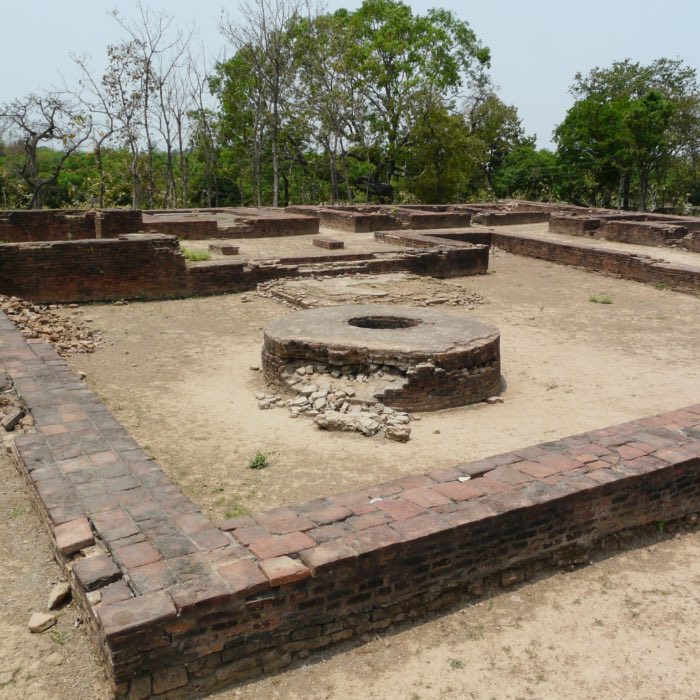
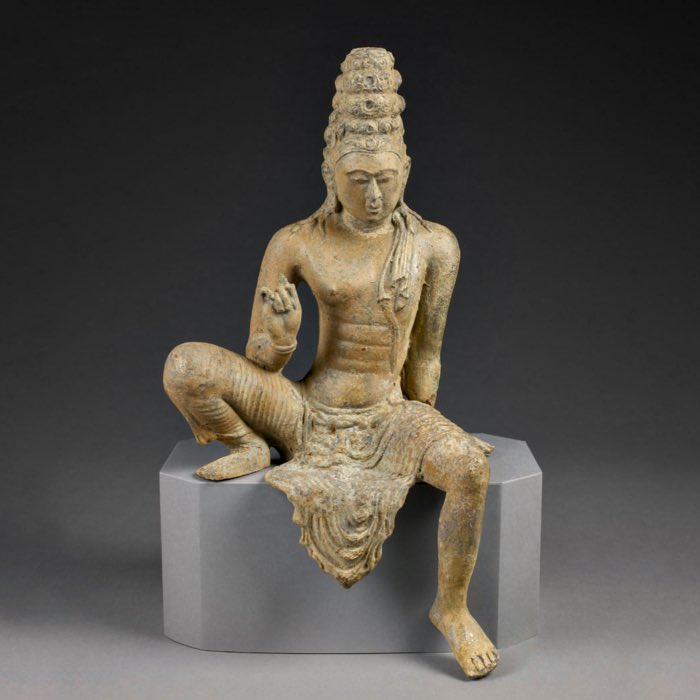
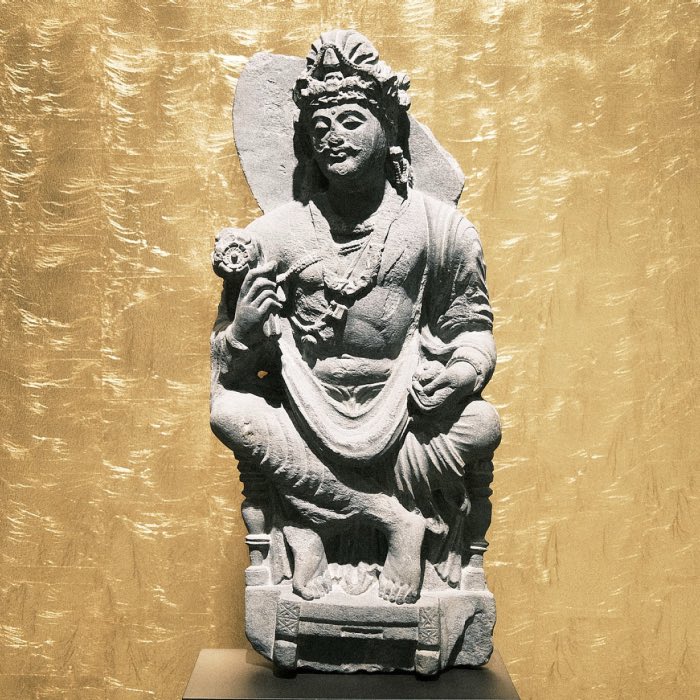

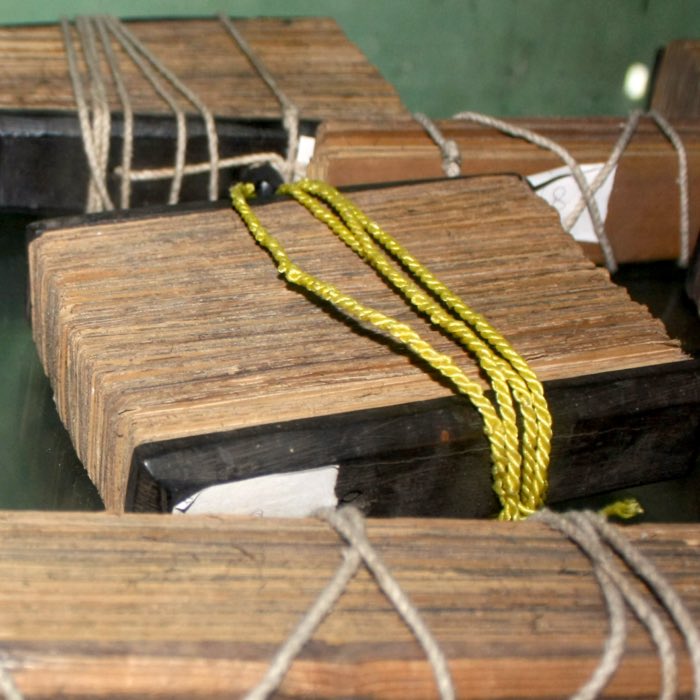
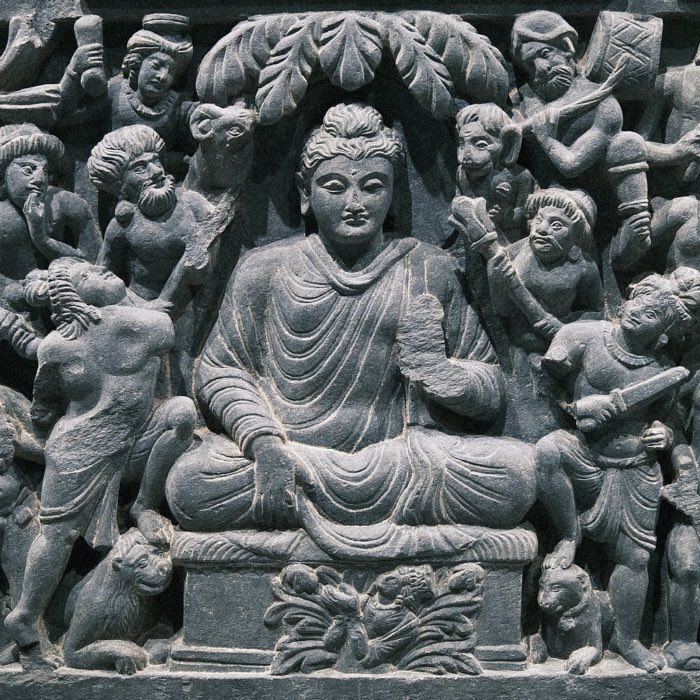
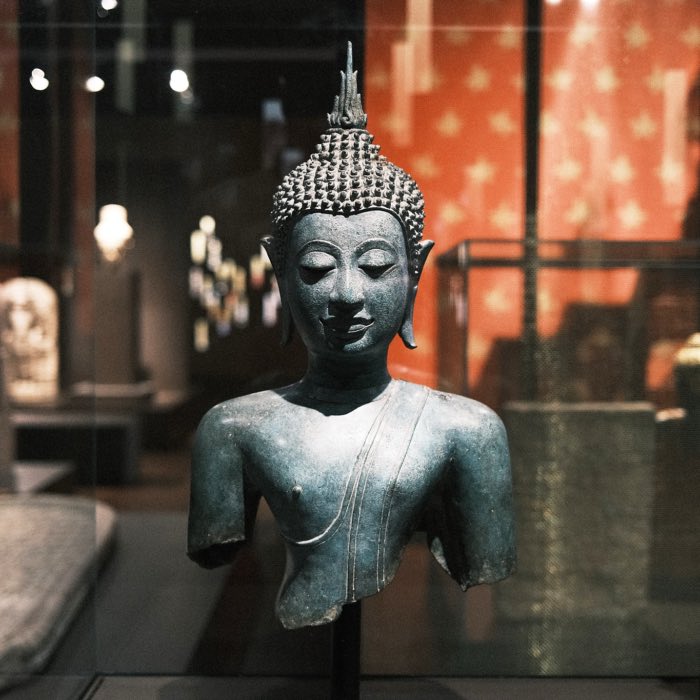
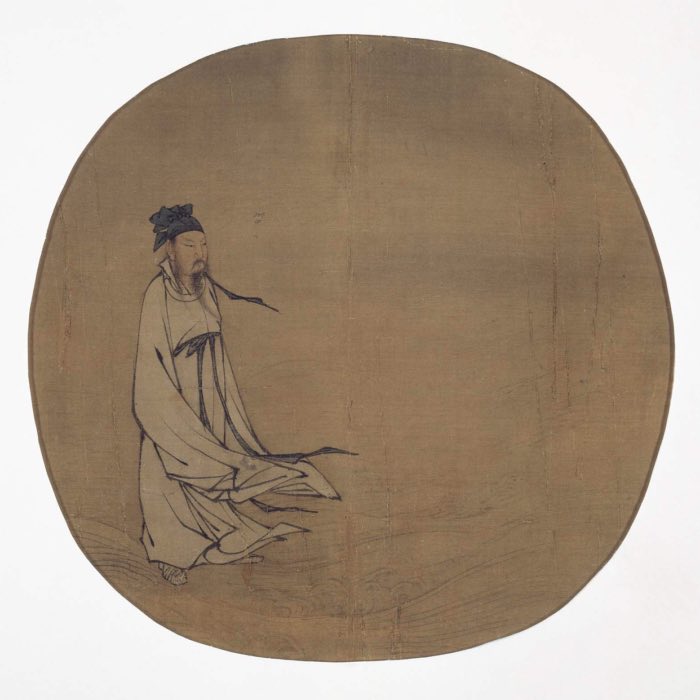


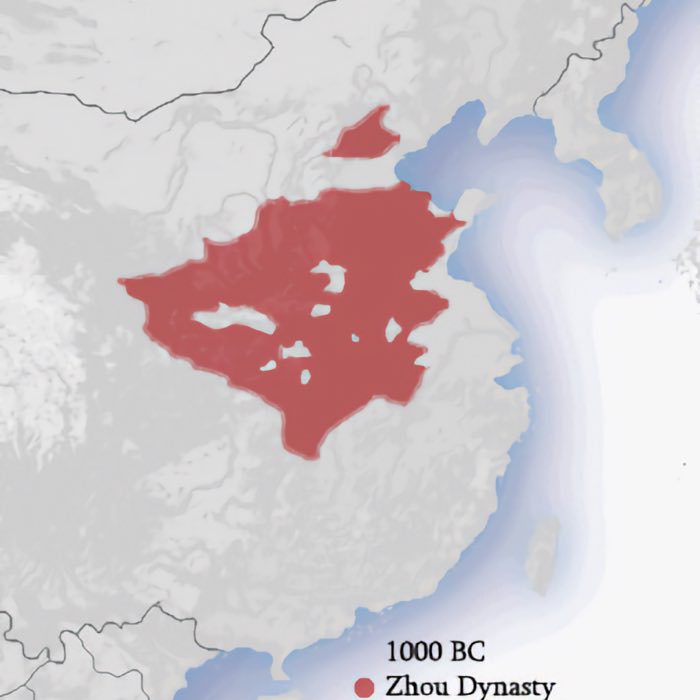










comments